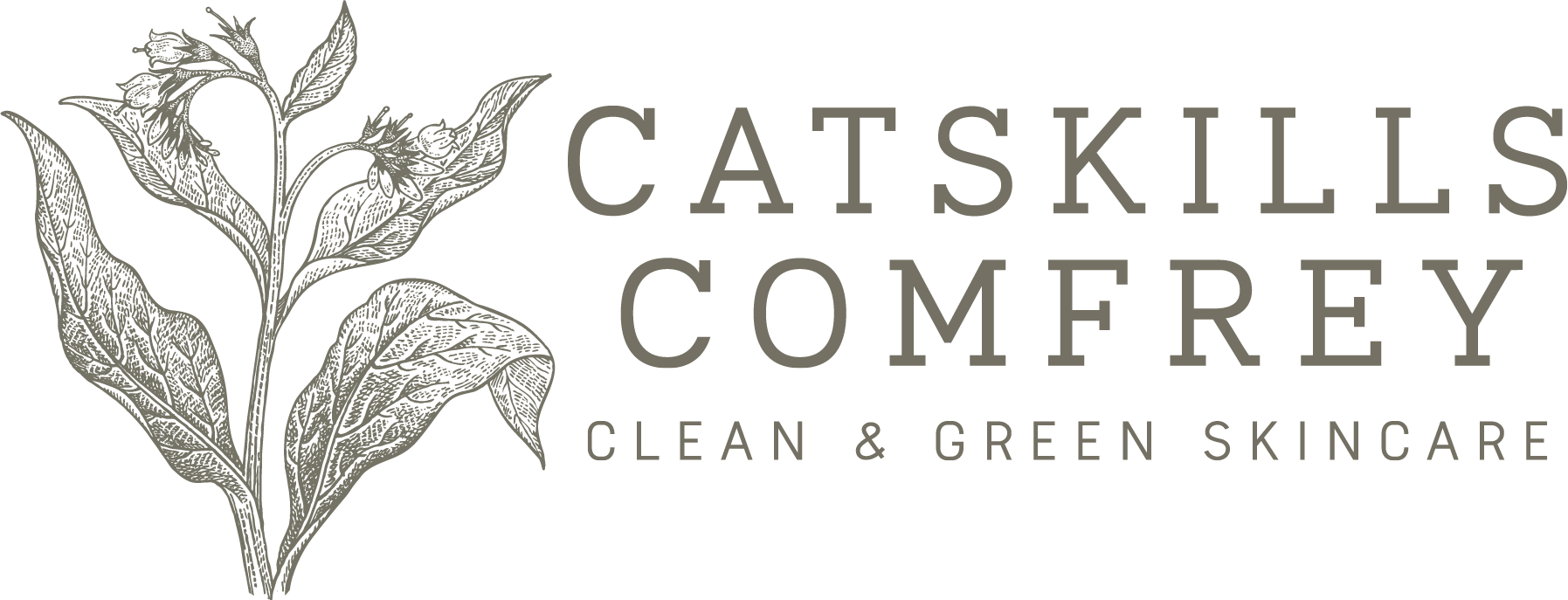The Day the Calendula Died
The calendula died today. It simply laid over, offered up its few remaining seeds and laid itself to rest.
I remain in love with calendula. Its yellow and orange blooms are of the most perfect, natural tones. Easy to grow - throw it on the ground, rake the soil slightly and two weeks later the plants will begin popping up. No fertilizer required.
I grow calendula because it pairs nicely with comfrey, complementing comfrey’s own medicinal benefits. Comfrey encourages cell-growth while calendula offers soothing relief to irritated, inflamed, itchy skin. Calendula is benign and offers a soft gentleness or relief for myriad skin conditions, including diaper rash. And fast. I’ve often applied the Arnica & Calendula ointment to itchy skin conditions and the mitigative response is immediate.
Yesterday (nearly mid-November), I went out to harvest what would be the last of the calendula seeds. I’d already experienced an extremely long harvest season, gathering flowers from mid-August through October. It’s pleasant ‘work’, walking through the beds, finding the larger flowers at peak color - and picking them one-by-one.
The beds finally gave it up yesterday after a very long, beautiful and productive season. The plants were leaning over, the seeds completely dry, pulling away easily from the plant and crumbling into a half-dozen individual seeds as I crumbled them into a container...the end of this year’s cycle. Now I had the seeds to plant next spring - and repeat this endless cycle of birth, growth, harvest and death.
It’s a simple cycle but one filled with pleasant moments throughout the season. The plants themselves require very little attention. Their architecture of tall. leafy plants prevents the growth of weeds, an always time-consuming, irritating issue. When the plants are growing, it’s a daily walk to check on flower-size and color. There is virtually no disease associated with calendula. They grow and present.
From mid-August onwards, it’s an every-other-day harvest ritual. The blooms must be peak color to insure viability, fully open and large, containing the important oil that is necessary for the medicinal benefits the plant provides. These near-daily harvests take maybe 30 minutes but they become like a meditation as I pick them one-by-one, pinching off the bud, dropping in a bucket and then emptying the blooms on a drying screen.
The focus precludes, somehow, thoughts of elsewhere, allowing me the quiet ceremony of simply walking and picking. There are no thoughts of COVID or how to compose the email to send out announcing the annual CALENDULASEEDS offer. The harvest becomes one of quiet purpose within itself.
Our Arnica & Calendula ointment has been well-received - and frequently re-ordered. Calendula itself has good name recognition and its efficacy is widely acknowledged. The Erfurter strain is medicinally important. The ointment is effective and yet I do nothing special, agriculturally, to enhance the benefits associated with calendula.
I’ve come around to the explanation that the micro-climate and soil conditions unique to these Catskills soils provide that beneficial touch that enriches the calendula, comfrey and arnica with a full-spectrum array of medicinal properties.
These plants are born, they grow and they die - and along the way, they pick up minute benefits that exist naturally, organically in the soils they grow. I simply tend the soil - and offer up the harvest into ointments that showcase the specific benefits of the various plants grown on our small medicinal farm in upstate NY. I’ve begun to realize that this feeding of the body through the skin is as viable, and important, as the foods we ingest.
It’s a small calling with a quiet voice - and I’m especially gratified that many have responded well to calendula’s unique tone of medicinal and visual benefits.
